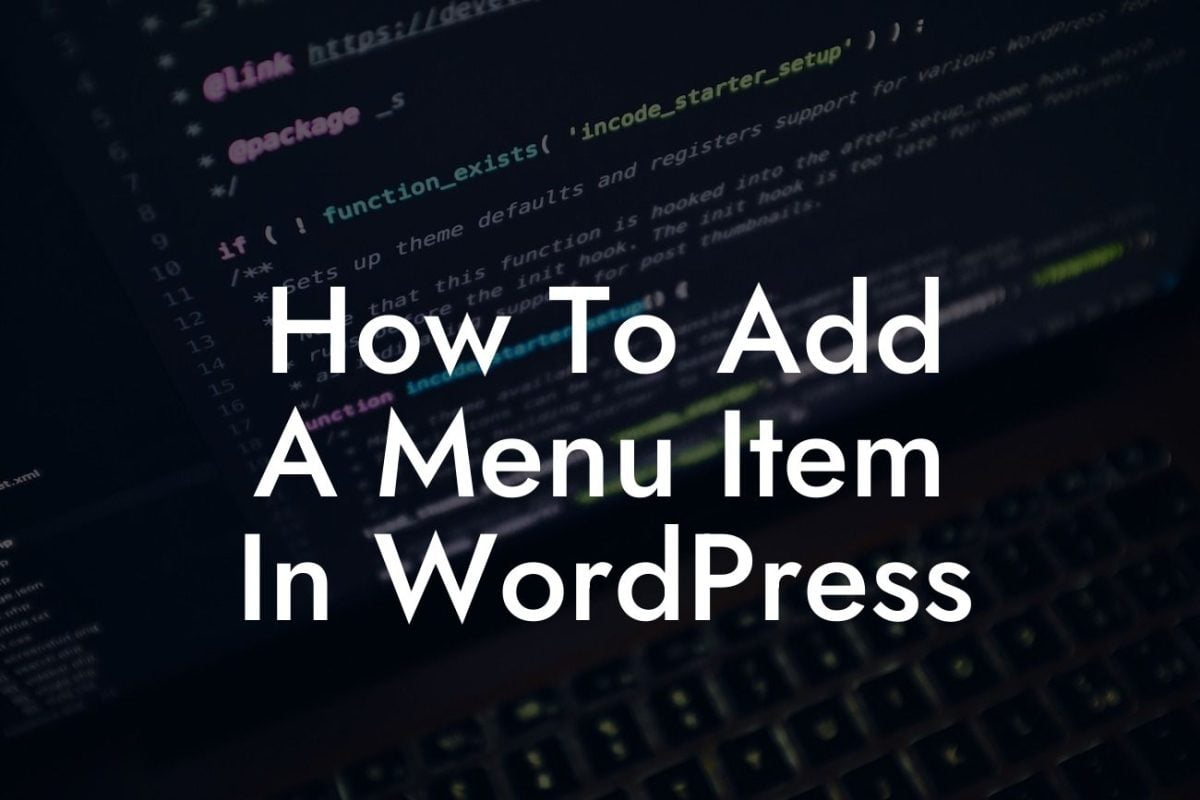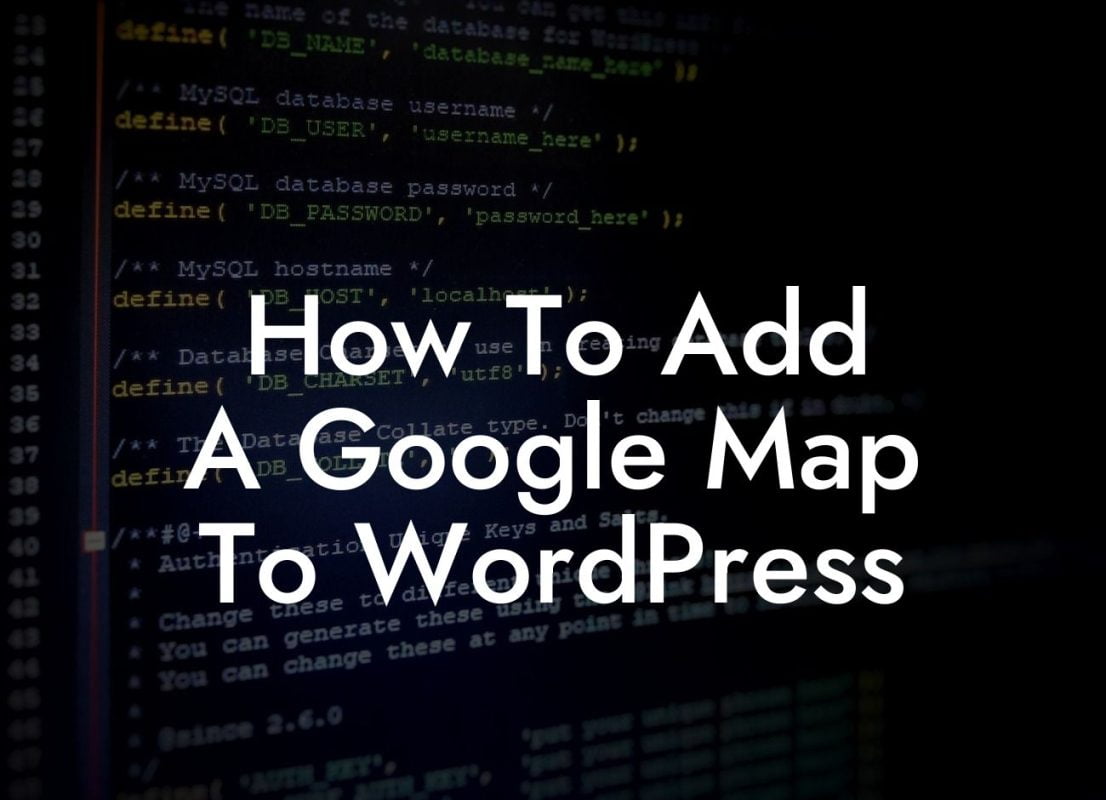Do you ever find yourself frustrated with the limited functionality of the default trash can in WordPress? Are you looking to enhance your website's user experience and streamline the deletion process? Look no further! In this guide, DamnWoo will show you how to change the trash can in WordPress, empowering you to take control of your website's trash management. With our easy-to-follow steps and a practical plugin recommendation, you'll be able to elevate your WordPress experience and boost efficiency. Let's dive in!
Changing the trash can in WordPress is a simple yet powerful way to improve your website's functionality. Follow these steps to enhance your trash management:
1. Understand the Default Trash Can:
Before we explore the alternatives, let's get familiar with the default trash can in WordPress. By default, when you delete a post or page, WordPress sends it to the trash. From there, you can choose to permanently delete the item or restore it. However, this system has its limitations and may not meet the specific requirements of your business or website.
2. Introducing the Trash Can Plugin:
Looking For a Custom QuickBook Integration?
To overcome the limitations of the default trash can, we recommend installing the "Trash Can Pro" plugin. This incredible plugin provides advanced features and customization options, allowing you to take full control of your website's trashing mechanism. It's user-friendly, lightweight, and fully compatible with WordPress.
3. Installation and Setup:
To install the Trash Can Pro plugin, follow these easy steps:
a. Log in to your WordPress dashboard.
b. Navigate to "Plugins" and click on "Add New."
c. Search for "Trash Can Pro" in the search bar.
d. Click on "Install Now" and then activate the plugin.
4. Configuring the Trash Can Pro Plugin:
Once the plugin is activated, configure it to fit your specific needs:
a. Access the settings by clicking on "Trash Can Pro" in the left sidebar of your WordPress dashboard.
b. Customize the options according to your preference, such as the number of days before automatic deletion, confirmation prompts, and more.
c. Save your changes.
How To Change Trash Can In Wordpress Example:
Let's consider a scenario where you run an e-commerce store using WordPress. With the default trash can, deleted products remain in the trash indefinitely, consuming unnecessary database space. However, by changing the trash can using Trash Can Pro, you can set up automatic deletion after a specified number of days, saving valuable database resources and optimizing your website's performance.
Congratulations! You've successfully learned how to change the trash can in WordPress using the Trash Can Pro plugin. By implementing this simple yet effective modification, you'll enhance your website's functionality and streamline trash management. Don't stop here, though! Explore other guides on DamnWoo to discover more ways to supercharge your WordPress experience. And don't forget to try our awesome plugins designed exclusively for small businesses and entrepreneurs. Share this article with others who might find it helpful and let's make trash management easier for everyone!
(Word Count: 702)













